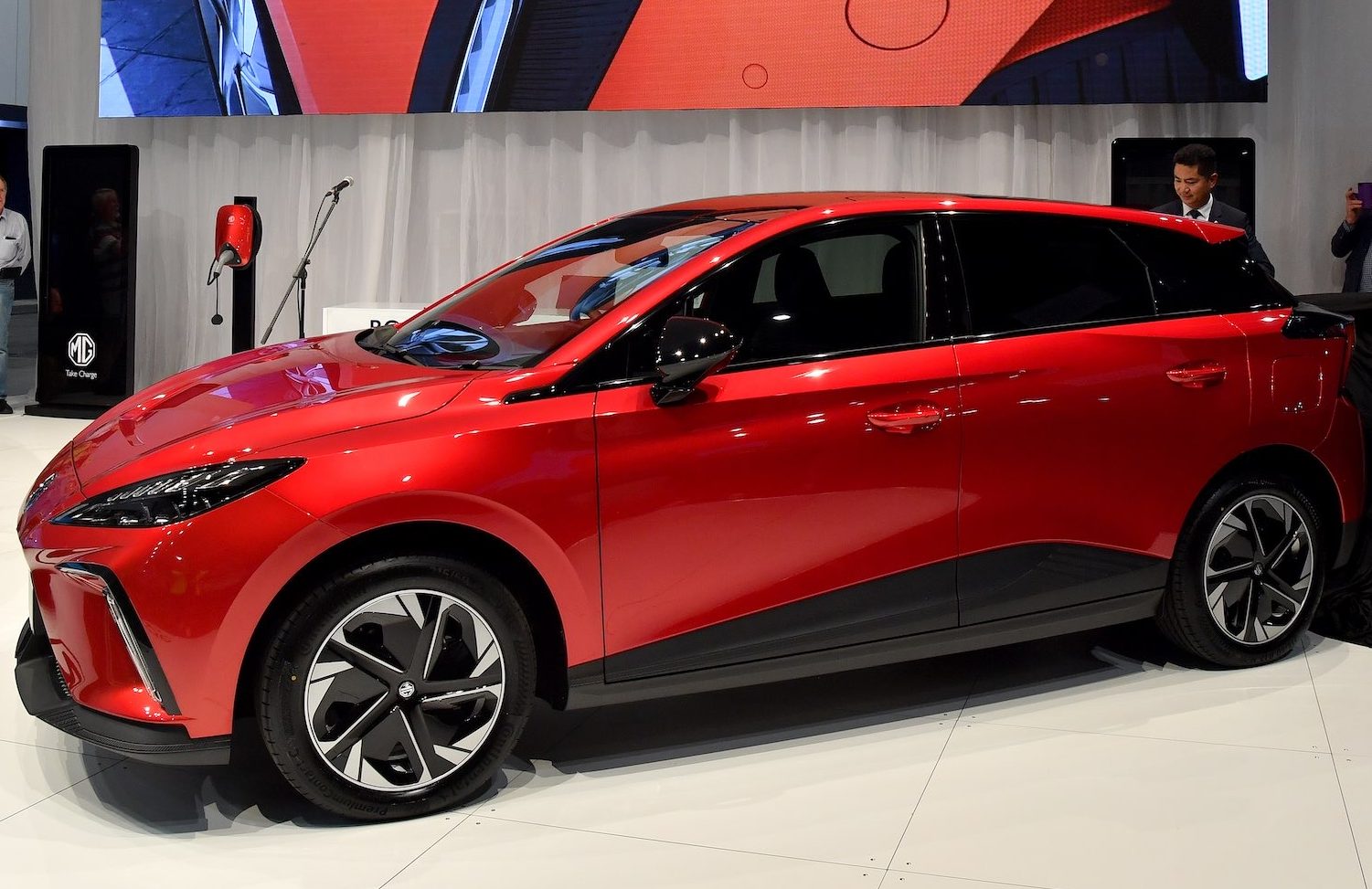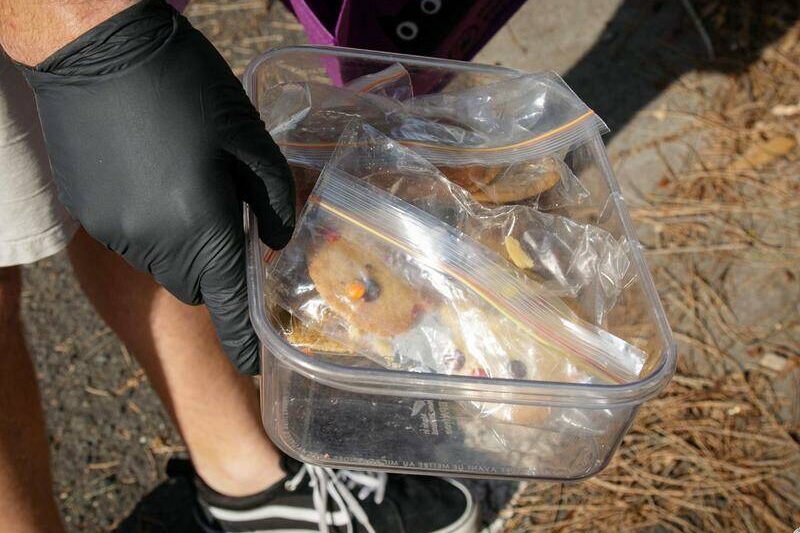
By Jennifer Dudley-Nicholson
IN the race to adopt electric cars, one Australian state or territory is several laps in front of the rest.
Canberra has become the nation’s clear frontrunner, consistently recording electric vehicle sales more than twice as high as any other part of the country.
And while NSW is in second place, it is Queensland that is now looking to challenge the lead with the nation’s richest electric car incentive scheme.
Industry experts say the growing competition will be vital to Australians adopting zero-emission transport technology and seeing the country catch up to progress in other countries.
But some argue the money could be better spent on infrastructure needed to keep electric cars on the road, while the price of electric vehicles falls as their popularity increases.
Australia’s first state-based electric car incentives were first launched in 2021, following modest discounts on vehicle registration and home chargers.
The stimulus packages now range from cash back on new electric car purchases, like $3500 in Western Australia, to stamp-duty exemptions in NSW, three years’ free registration in South Australia, and zero-interest loans of up to $15,000 in the ACT.
The latter offer, along with stamp duty and registration discounts and the country’s only ban on the sale of petrol cars by 2035, has seen electric vehicle sales soar in the nation’s capital.
Almost one in every five new cars sold in Canberra were electric in the first three months of the year – a rate more than twice as high as other states.
It’s an achievement the Queensland government intends to challenge with its means-tested $6000 rebate that Queensland Energy Minister Mick de Brenni said would make “EVs more affordable and more accessible” when it launches in July.
The revised Queensland scheme will be available on a bigger range of cars – 23 models – after raising the purchase threshold to $68,000.
Electric Vehicle policy head Dr Jake Whitehead said the growing competition for incentives would ultimately benefit motorists and Australia’s efforts to cut pollution.
“That competitive tension between state and territories in Australia has a long tradition,” he said.
“It helps them to push one another to do better and that’s ultimately what we should all be doing. The task ahead of us is not trivial – reducing emissions by 43 per cent in 2030 is huge – and we will not coast across the finish line.”
Despite growing sales, Australia still lags behind many countries in electric vehicle adoption.
The International Energy Agency this week reported electric vehicles made up 14 per cent of all new car sales worldwide in 2022 – a figure dwarfing the 3.8 per cent figure recorded in Australia.
Dr Whitehead said the gap underlined the need to accelerate Australia’s transition to zero-emission vehicles and the need for financial support.
“Incentives will remain important, particularly as we get an increase in supply,” he said.
“There’s no major economy in the world that has been able to accelerate electric vehicle sales quickly without some form of incentive. I expect once we start to get over, say, 20 to 25 per cent of all new vehicles being electric we can start to look at some of these incentives being phased out.”
The federal government also launched fringe benefits tax cuts for electric vehicle purchases in 2022, potentially cutting $4700 off the cost of buying an electric vehicle for individuals and $9000 for employers.
But Curtin University Distinguished Professor Peter Newman argues Australians will buy electric vehicles whether they are given incentives or not, and more will invest in the technology when manufacturers produce cheaper, more accessible models.
“My sense is that we’ve to get beyond subsidies to make this happen,” he said.
“You can encourage it with government help but in the end the most important thing is that the companies take it on as an exercise that needs to be beyond the role of government.”
Prof Newman points to BYD’s Seagull as an example of a car that could change what Australians buy.
The five-door hatchback went on sale in China this week for the equivalent of $17,100, and attracted more than 10,000 pre-orders in 24 hours.
BYD has yet to commit to launching the vehicle locally, however, and the cheapest electric vehicle in Australia currently costs more than $40,000.
Prof Newman said more small, inexpensive, Chinese-made vehicles would come to Australia over the next two years, winning more buyers and allowing governments to invest their funds in charging stations to keep them on roads.
“We can afford to focus on putting money into the provision of services and regulations that need to be sorted,” he said.
“The infrastructure to support electric vehicles is what we should be focusing on and how vehicles can fit into the grid.”
Who can be trusted?
In a world of spin and confusion, there’s never been a more important time to support independent journalism in Canberra.
If you trust our work online and want to enforce the power of independent voices, I invite you to make a small contribution.
Every dollar of support is invested back into our journalism to help keep citynews.com.au strong and free.
Thank you,
Ian Meikle, editor









Leave a Reply